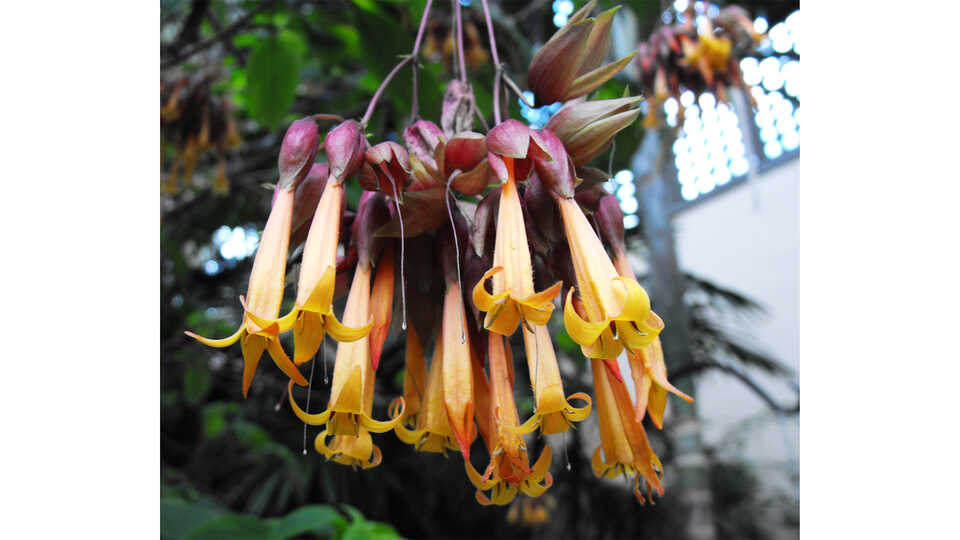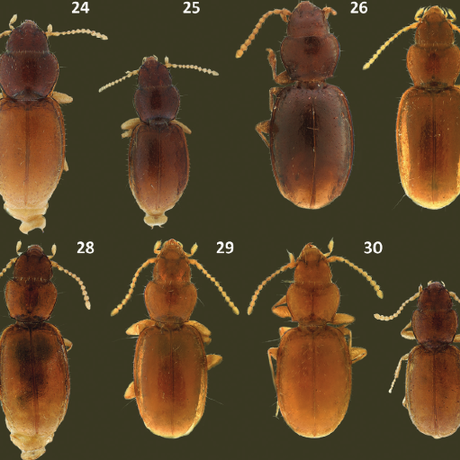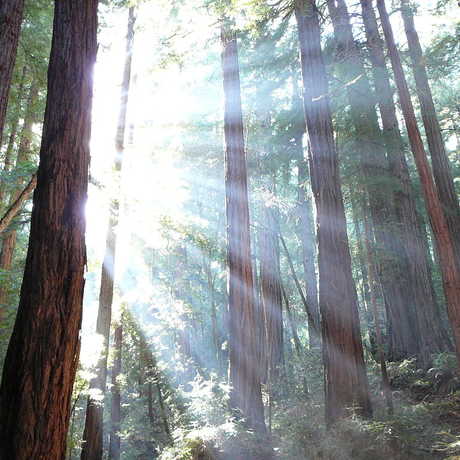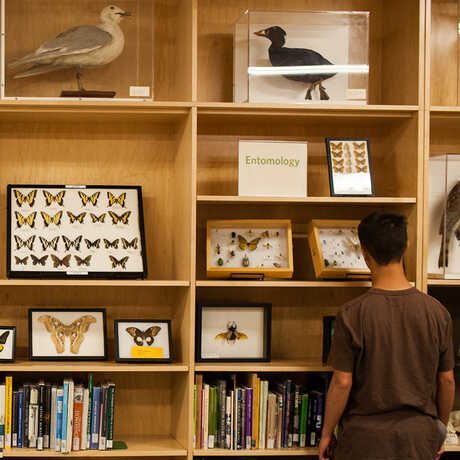While some fans of Deppea splendens hope another stand of the plant may exist somewhere in Southern Mexico or Guatemala, Almeda believes the species is almost certainly extinct in the wild. “It’s a characteristic feature of tropical plants that they have very restrictive distributions,” he says. “It’s very common for plant species to evolve only in a very small, narrow geographic locality.”
Our Work
Deppea splendens

In 1976, Academy Botany Curator Dennis Breedlove was on an expedition to Chiapas, Mexico, researching the flora of the country’s southernmost state. On the south slope of a steep canyon in Cerro Mozotal, he came upon some unusually vivid yellow-and-claret tubular flowers, hanging in clusters from a grove of 15- to 25-foot-tall trees. Breedlove collected several specimens of the colorful plant, recording the details of where and when they were found, and labeled them an unidentified member of Rubiaceae, the coffee family.
Through the next few years, Breedlove distributed seeds from the samples to several arboretums specializing in tropical plant cultivation, but it wasn’t until 1987 that Breedlove, in collaboration with the University of Hawaii’s David Lorence, was able to identify the Chiapas specimen as an entirely new species. The holotype and isotype specimens were duly entered in the Academy’s herbarium collection, and Breedlove soon returned to the region with Senior Academy Botany Curator Frank Almeda to search for more specimens.
“But we were too late,” Almeda says. “Although we searched and searched, we learned that one year earlier, the only known grove of Deppea splendens had been plowed over for cultivation.” The few Deppea splendens known to remain in the world can be found primarily in botanical gardens—the offspring of Breedlove’s seeds.
Where in the world
Botany staff work in our herbarium and around the world to document the biodiversity of plants and the environments in which they grow. Meet our researchers, explore projects and expeditions, and more.




![Coco de Mer By Didier Descouens (Own work) [CC-BY-SA-3.0 (http://creativecommons.org/licenses/by-sa/3.0)], via Wikimedia Commons](https://calacademy.org/sites/default/files/styles/manual_crop_square_460px/public/assets/images/KW_IMAGES_DO_NOT_USE/coco_de_mer_-_bot.2007.26.21.jpg?itok=-sQZ1CTN&c=0b672f4fc775307c939e67b7b954d5bd)
